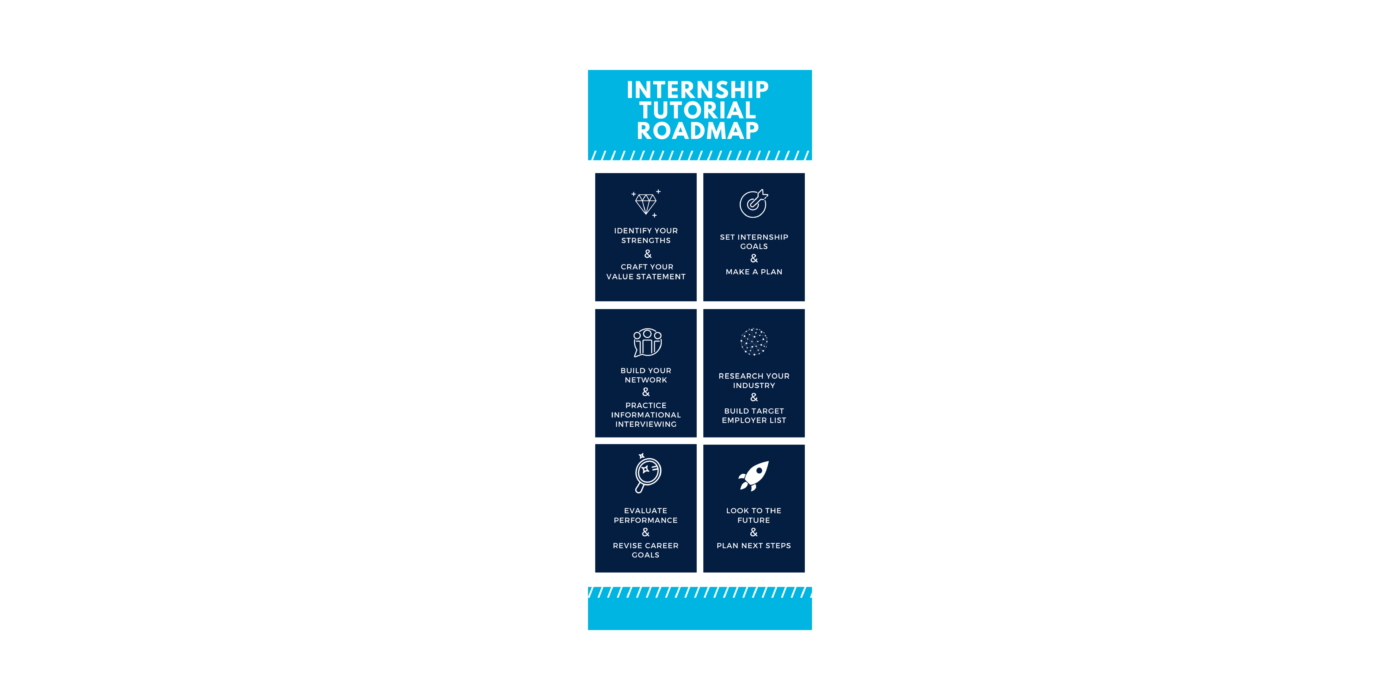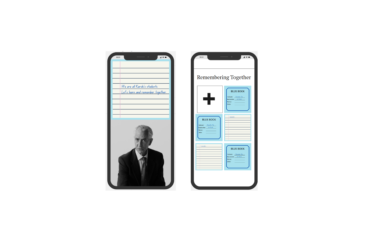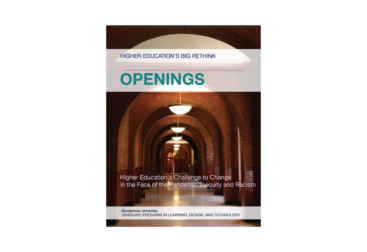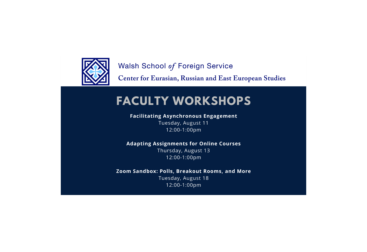In my first semester of the Learning, Design and Technology program, I had the opportunity to re-design the internship tutorial for students in the MA in Eurasian, Russian and East European Studies (MAERES) as my learning engagement for LDES 501: Methods of Learning and Design. The course needed a complete overhaul to meet new Graduate School requirements for internship tutorials and respond to changing student needs.
Learners
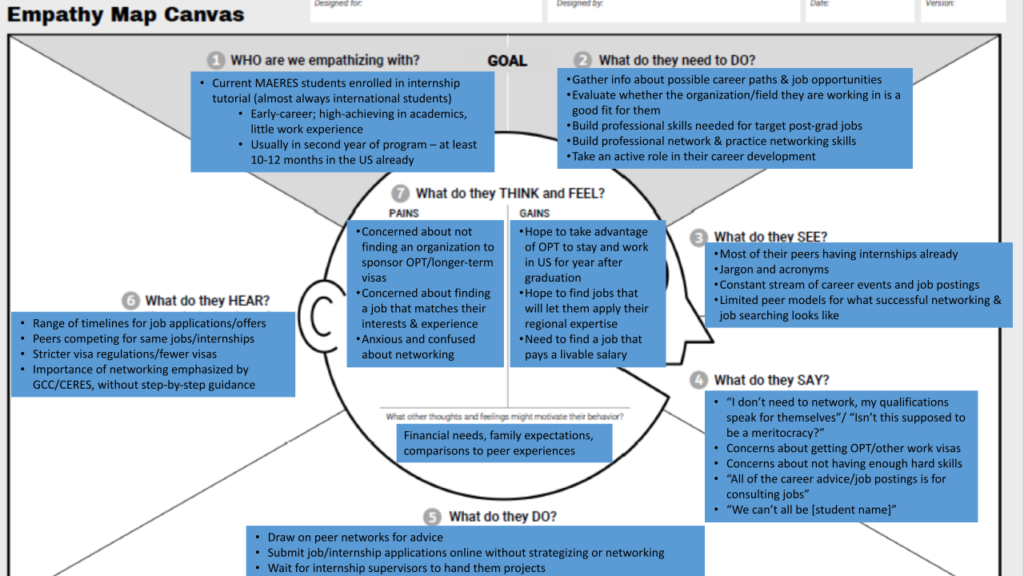
The learners in this engagement are current graduate students in the MAERES program. In building a profile of the learners for this first iteration of our new internship tutorial format, I drew on student data collected by our department, my knowledge of student needs and experience from two years of coordinating career workshops for our students with the SFS Graduate Career Center and supervising internship tutorials under our old system, and insights from individual advising sessions with students.
Tutorial Design
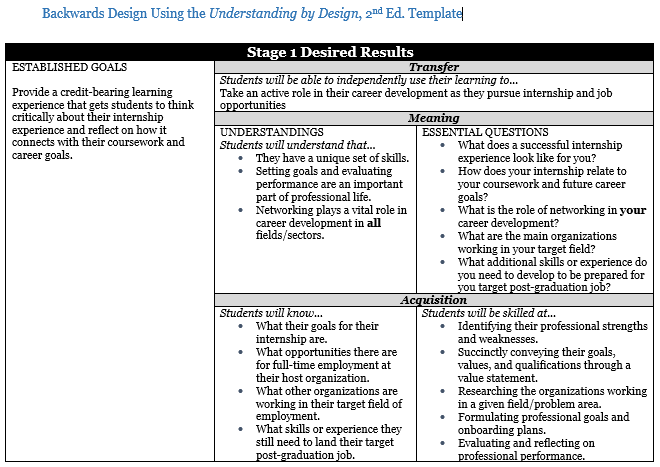
In approaching the design process, I relied heavily on assigned readings for LDES 501: Methods of Learning and Design, particularly McGuire’s Teach Students How to Learn and Wiggins & McTighe’s Understanding by Design. I also conducted additional research on learning design for experiential learning and the use of reflections for assessment. Assessment design was guided by the Integrative Learning VALUE Rubric and the Narrative Reflection Assessment Rubric (NARRA).
This tutorial is designed to take place over the course of a traditional semester, with the first iteration of the tutorial planned for Spring 2020. The tutorial is made up of six modules designed to help students make the most of their internship at each stage of the experience.
Module 1: Clarify

Timing: Designed to take place during Weeks 1-2 of the semester
Sections: Identify Your Strengths & Weaknesses | Craft Your Value Proposition
Assignment: Value Proposition
Related Learning Goal: Students will learn to identify their professional skills, strengths, and weaknesses.
Module 2: Target
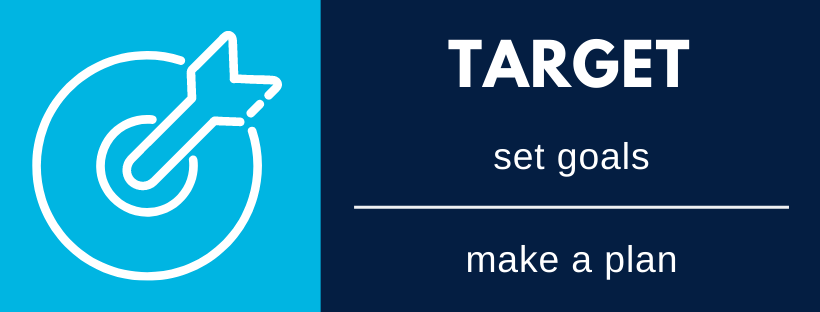
Timing: Designed to be completed during weeks 2-4
Sections: Start Strong | Set Your Internship Goals
Assignment: Goals Statement
Related Learning Goal: Students will learn to formulate professional goals and onboarding plans.
Module 3: Connect

Timing: Designed to be completed during weeks 4-8
Sections: Build Your Network | Conduct an Informational Interview
Assignment: Informational Interview Project
Related Learning Goal: Students will learn how to network effectively and understand how networking can help them achieve their career goals.
Module 4: Explore

Timing: Designed to be completed during weeks 8-12
Sections: Research Your Industry | Build a Target Employer List
Assignment: Target Employer List
Related learning goal: Students will improve their understanding of regionally-related professional opportunities in their sectors of interest.
Module 5: Reflect
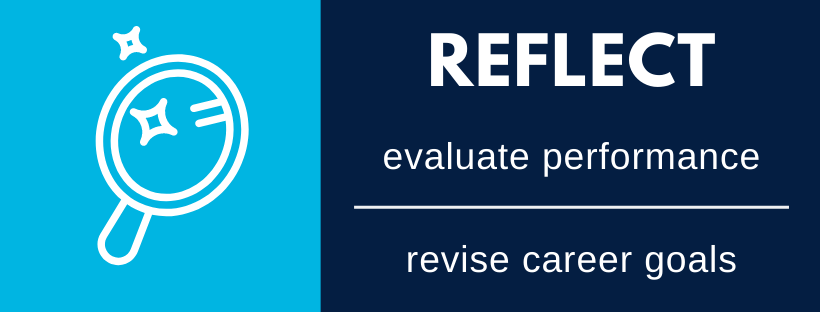
Timing: Designed to be completed during weeks 12-16
Sections: Evaluate Your Performance | Revise Your Career Goals
Assignment: Final Reflection
Related learning goal: Students will learn to think critically about how they might utilize their regional expertise in their careers.
Module 6: Launch
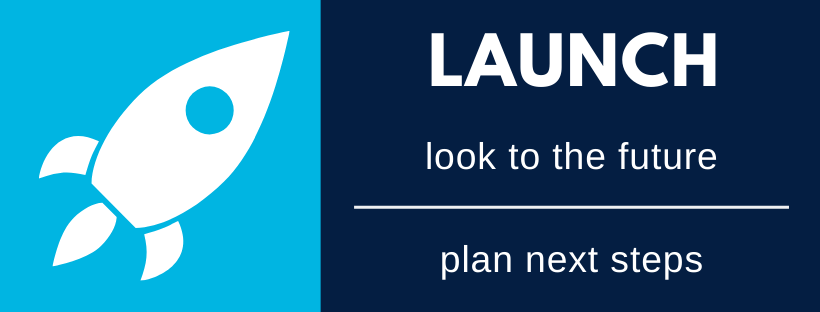
Timing: Optional; designed to be completed during finals period
Section: Look to the Future & Plan Next Steps
Optional Quiz: Next Steps Survey
Related learning goal (continued): Students will learn to think critically about how they might utilize their regional expertise in their careers.
Reflections on Spring 2020 Tutorial
I completed the re-design in Fall 2019 and had two students enroll in the version I taught in Spring 2020. The fact that I had already designed the course to be taught fully online was a huge advantage when the pandemic hit and meant that I did not have to scramble to move the course to a new format mid-semester. I received positive feedback on the course design and was impressed by the quality of the reflections and other assignments the students submitted.
I had planned to evaluate and revise the internship tutorial design in Summer 2020 after running the new tutorial for a semester, but the pandemic required that I focus my attention elsewhere. With a drop in international student enrollment and fewer students pursuing internships in Fall 2020 and Spring 2021, I did not have the opportunity to teach the course a second time.
